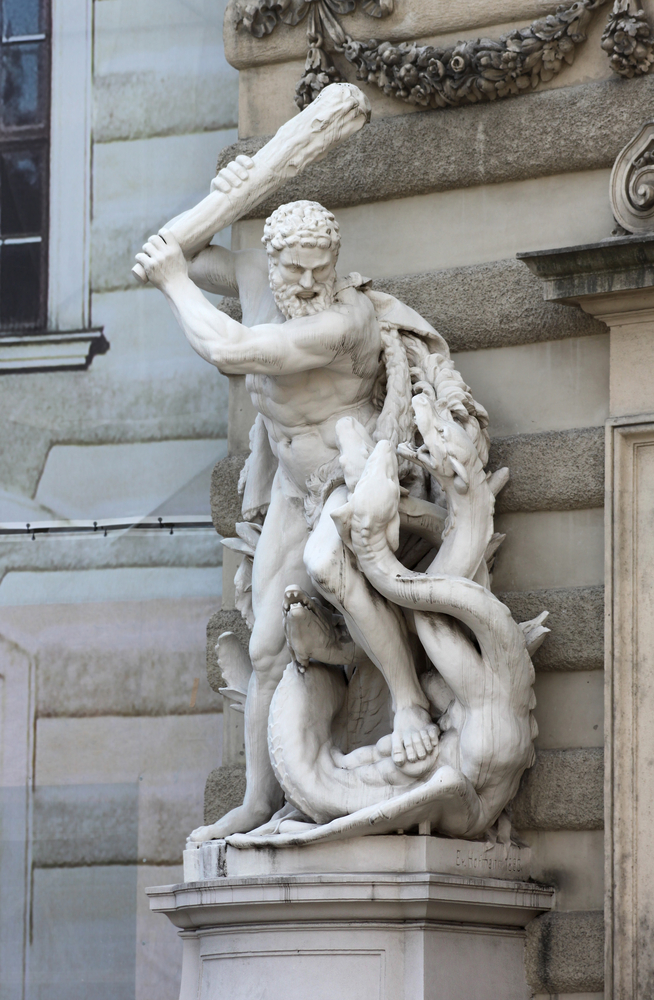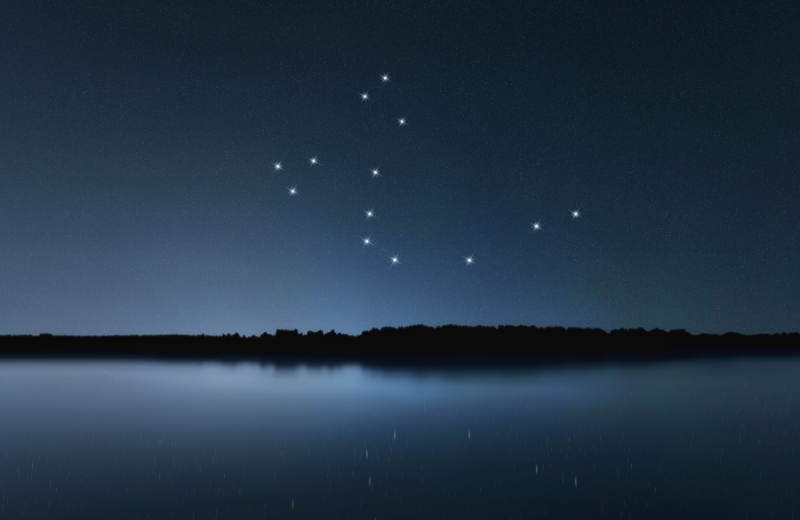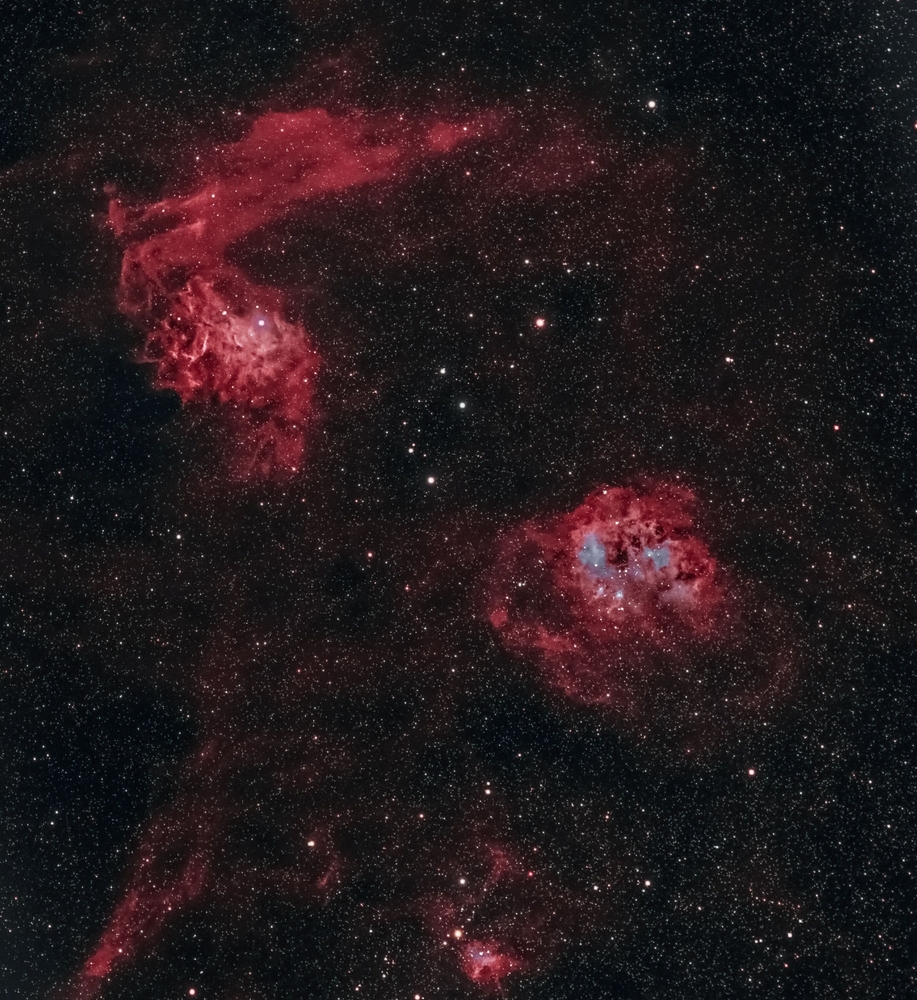The constellations in the night sky tell stories from ancient times, and Draco is one of the most fascinating of all. Known as the dragon constellation, Draco has a sprawling shape, rich history, and connection to Greek mythology. If you're curious about the stars and constellations, or simply want to know more about Draco, this guide shares all the details you need.
Jump to:
Recommended for you!
Best SellersWhat is the Draco Constellation?
Draco, meaning "dragon" in Latin, is one of the largest constellations in the Northern Hemisphere. Its winding form is said to resemble a dragon coiling around the celestial pole. If you're familiar with constellations like Ursa Major and Ursa Minor, you'll find Draco snaking between them. What makes Draco unique is its size—it spans a considerable part of the sky, but its stars are relatively faint, which means it can be a bit tricky to spot at first glance.
While Draco weaves between the Big Dipper (Ursa Major) and the Little Dipper (Ursa Minor), it’s not part of either of these constellations. However, its proximity to these well-known constellations makes Draco easier to locate in the night sky.
The Myth Behind Draco

Draco has a rich history rooted in Greek mythology. The constellation is said to represent Ladon, the dragon tasked with guarding the golden apples in the Garden of the Hesperides. According to legend, this dragon was slain by the hero Heracles (Hercules) as one of his twelve labours. In honour of this victory, Zeus placed the dragon in the night sky, where it remains today as Draco.
What Does Draco Symbolise?
In mythology, Draco the dragon symbolises strength, guardianship, and protection. As the guardian of the golden apples, Draco is often seen as a protector of treasures and knowledge. Spiritually, the constellation is thought to represent power and resilience, qualities often associated with dragons across many cultures.
What Does Draco Look Like?

Draco's long, winding form stretches around the North Star, Polaris. While it's called the "dragon," the constellation looks more like a serpent coiling through the stars. Its most distinctive feature is the dragon’s "head," which forms a quadrilateral of stars. The rest of the constellation curves around like a long tail.
How Far is the Draco Constellation from Earth?
Since Draco spans a large area of the sky, the stars that make up the constellation are at varying distances from Earth. For example, Thuban, one of Draco’s more famous stars, is about 300 light years away, while Gamma Draconis is about 150 light years away. The constellation as a whole isn’t a single object but rather a collection of stars at different points in space.
Draco's Stars
Draco boasts several interesting stars, with Alpha Draconis and Gamma Draconis being among the most notable.
- Alpha Draconis (Thuban): Once the North Star, Alpha Draconis held this prestigious title around 4,000 years ago. Thuban is a giant star, about 300 light years away from Earth. Though it’s no longer the pole star, it’s a significant part of Draco’s history.
- Gamma Draconis (Eltanin): This is the brightest star in Draco, located in the dragon's head. Eltanin is a red giant and much closer to us than Thuban—just over 150 light years away. It's one of the more recognisable stars in Draco and makes for an excellent starting point when trying to locate the constellation.
Nebulae in the Draco Constellation

Draco is home to a few fascinating deep-sky objects, including the Cat’s Eye Nebula and the Spindle Galaxy. The Cat’s Eye Nebula, one of the most complex nebulae known, is a planetary nebula formed by the outer layers of a dying star. The Spindle Galaxy, located within Draco, is a lenticular galaxy, about 40 million light years away, which you can spot with a telescope.
Finding Draco in the Sky
To spot the Draco constellation, the best time to observe is during the summer months, particularly in July and August when Draco reaches its highest point in the night sky. Because Draco is a circumpolar constellation, it remains visible all year round for observers in the northern hemisphere, including the UK, as it never dips below the horizon.
Locating Draco
Begin by identifying some nearby constellations, such as Ursa Major (home to the Big Dipper) and Ursa Minor, which contains the North Star, Polaris. Draco’s long, winding body wraps around Ursa Minor, making it easier to trace its shape once you have located these familiar constellations.
For a more accurate sighting, using a stargazing app or a star map can help guide you to Draco’s fainter stars, especially in areas with light pollution.
Viewing Draco with Binoculars or a Telescope
- With Binoculars: While Draco's stars are relatively faint, binoculars can help bring its shape into focus. Start with the brighter stars like Gamma Draconis to help outline the constellation.
- With a Telescope: A telescope will allow you to view Draco's stars and deep-sky objects in greater detail. You might even spot the Cat’s Eye Nebula or other fascinating features within Draco.
Best Viewing Conditions
For the best chance of seeing Draco’s full form, choose a night with minimal light pollution and clear skies. A moonless night is ideal for observing the constellation’s delicate stars and deep-sky objects, allowing you to truly appreciate the beauty of this celestial dragon.
Recommended for you!
Best SellersInteresting Facts About Draco
- Draco is one of the oldest constellations: Known to ancient astronomers, Draco has been a part of celestial maps for millennia. Its position near the North Pole has made it a significant feature of the night sky throughout history.
- Once the North Star: Alpha Draconis, or Thuban, was the North Star during the time of the ancient Egyptians, which is why Draco holds such historical significance.
- Houses the Spindle Galaxy: Draco is home to the Spindle Galaxy, a lenticular galaxy that is an intriguing target for amateur astronomers.
Study Astronomy for £29
If the Draco constellation has sparked your curiosity, why not explore more about the stars and the cosmos with our Astronomy Diploma Course at Centre of Excellence? This course offers you a detailed understanding of the universe, from constellations and star types to the fundamentals of space observation. Perfect for all budding astronomers, the course is available for a discounted price of £29.













